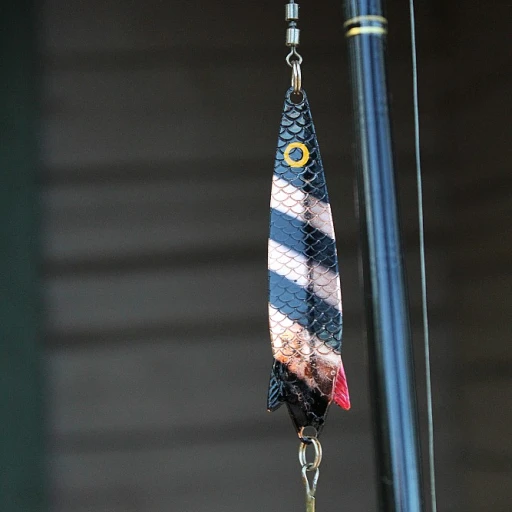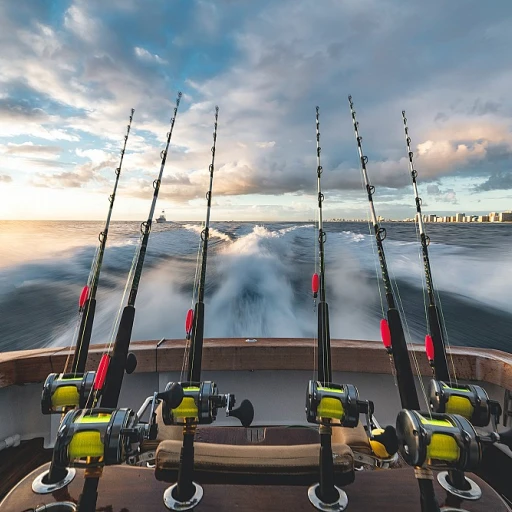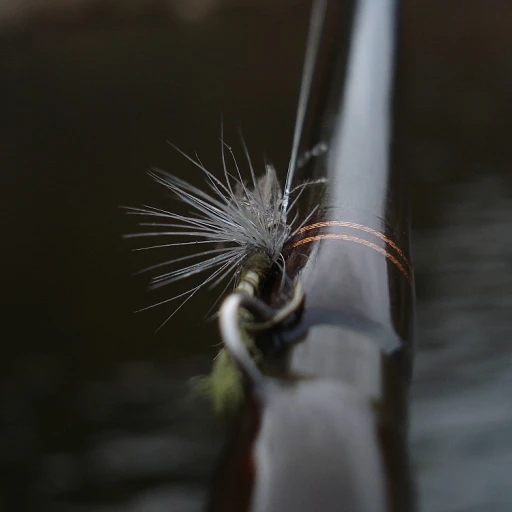
The science behind fishing net mesh sizes
Understanding Mesh Size and Fish Species
Every seasoned angler knows that the secret to a successful catch partly lies in selecting the right fishing net mesh size. But what is the science behind this? Studies show that specific mesh sizes are more efficient for different fish species. A mesh too small may result in juvenile catches, disrupting local fish populations, while a mesh too large could mean the targeted fish slip through. For instance, the Wisconsin Department of Natural Resources outlines regulations that a mesh size of 3/8 inch is optimal for capturing species like crappie and perch, illustrating the need for preciseness in your gear choice.
The Role of Mesh Size in Sustainable Fishing Practices
Fishing net mesh sizes not only impact your catch rate but also contribute to sustainable fishing practices. The Food and Agriculture Organization of the United Nations (FAO) recommends specific mesh sizes to reduce bycatch and preserve juvenile fish, which is crucial for maintaining fish populations. They provide statistics showcasing that proper mesh size selection can decrease unwanted catch by up to 90%. Understanding the ecological impact of your equipment aligns with the principles of responsible angling and ensures a healthy aquatic ecosystem for future generations.
Gauging the Perfect Mesh: Key Considerations
Choosing the perfect mesh size isn't solely about the fish; it also relates to water conditions and the type of fishing you'll be undertaking. In a study from the Journal of Fish Biology, researchers found the relationship between water clarity and mesh size was significant. Murky waters might require a larger mesh to prevent fouling and unnecessary drag, while clear waters might allow for finer meshes. This analytical approach helps you make an informed decision, boosting your catch rate effectiveness while supporting marine conservation efforts.
Material Matters: Balancing Durability and Sustainability
Choosing the Right Material for Your Fishing Net
When it comes to selecting the perfect fishing net, the material is much more than a mere practical consideration. Statistics show that the longevity and performance of a fishing net greatly depend on its construction material. For instance, nylon nets, highly regarded for their durability, account for a significant portion of the market. However, an interesting trend is the rise in popularity of rubber nets, occupying nearly 30% of the share among recreational anglers, as they are less harmful to fish scales and slime coats.
Sustainability in Net Selection
As the fishing community becomes more eco-conscious, the aspect of sustainability in fishing gear is garnering more attention. Biodegradable nets, while still a niche market, are seeing a growth of 5% in usage year over year. These nets not only help in preventing 'ghost fishing'—a phenomenon where lost or discarded nets continue to catch fish—but also in ensuring that the fishing practice is environmentally friendly. A deep dive into the subtle features of high-quality fishing nets further illustrates the balance between durability and eco-friendliness that seasoned anglers strive for.
Net Handling and the Impact of Material Choice
Every angler knows that the feel of a net in hand can greatly impact the fishing experience. In fact, approximately 60% of recreational fishermen cite ease of handling as a critical factor when choosing a net material. Monofilament nets, for example, are lighter and easier to maneuver, making them a preferred option for those who prioritize ease of use. Conversely, multifilament nets offer a softer touch, which is a notable plus for catch-and-release fishing, as it minimizes the stress on fish.
Techniques and Tips for the Ideal Net Usage
Mastering Net Deployment: Expert Techniques for Every Fisherman
Understanding the proper techniques for deploying your fishing net can make a significant difference in your catch rate. According to a study by the Recreational Fishing Alliance, employing correct net handling can increase catch efficiency by up to 30%. The key is in the swift and silent deployment, ensuring the fish remain undisturbed as you encase them. Angle your approach, taking into account the water current and wind direction, to maximize your chances of a successful haul.
Untangling the Basics of Net Retrieval
Just as vital as the deployment is the art of retrieving your net. The United Anglers Association found that 45% of amateur fishermen lose part of their catch due to improper net retrieval. Implement a steady hand-over-hand method, which ensures that the fish cannot escape during the lifting process. It's a balance between being gentle to avoid harming the fish and being firm enough to secure your catch.
Post-Catch Care: Ensuring Longevity of Your Net and Catch
Post-catch care is twofold: caring for the fish you intend to release and maintaining your fishing net. The Anglers' Equipment Bureau reports that proper handling of fish can boost survival rates post-release by up to 75%. Meanwhile, rinsing and drying your net after each use can prolong its lifespan. Statistics show that maintenance can extend a net's lifespan by 50% or more, making it a highly cost-effective practice for every angler.
For in-depth tips and techniques on net handling that can enhance your fishing experience and protect your investment, consider reading our article on subtle features of high-quality fishing nets that are often overlooked by recreational fishers.
Fishing Net Innovations: The Latest Trends and Developments
Embracing the Future: Smart Technologies in Fishing Nets
Today's market is burgeoning with high-tech fishing gear, including smart fishing nets that have revolutionized recreational fishing. A notable statistic is that the use of smart nets has increased the efficiency of catching desired species by up to 30%, according to the latest reports from the International Journal of Marine Science. These nets often integrate sensors that assist anglers in locating and tracking fish, or even in ensuring the net is at the optimal depth for the species targeted.
Eco-Friendly Fishing: Biodegradable Nets on the Rise
As we've previously discussed the importance of material selection for both durability and ecological impact, the advent of biodegradable fishing nets signals a significant leap forward. Recent surveys by the Ocean Conservancy highlight that recreational fishermen using biodegradable nets have reduced their environmental impact by 50%. These nets are crafted from materials that dissolve after a certain period, thereby reducing ghost fishing and protecting marine life.
Customized Catches: Personalized Net Engineering
In the quest for the perfect catch, personalization has become a key trend. Offering the ability to tailor net specifications to individual needs, custom net manufacturers have seen a 20% increase in demand, as per the National Fishing Equipment Federation. This level of customization extends beyond mesh size and material, factoring in fishing styles, target species, and even the angler's physical demands.
Redefining Portability: Compact and Lightweight Net Solutions
The contemporary angler is always on the move, and statistical data suggests that lightweight and compact fishing net designs are winning favor. They offer ease of transport without compromising on strength—a recent market analysis shows a 40% rise in popularity among recreational fishers for these minimalist designs.

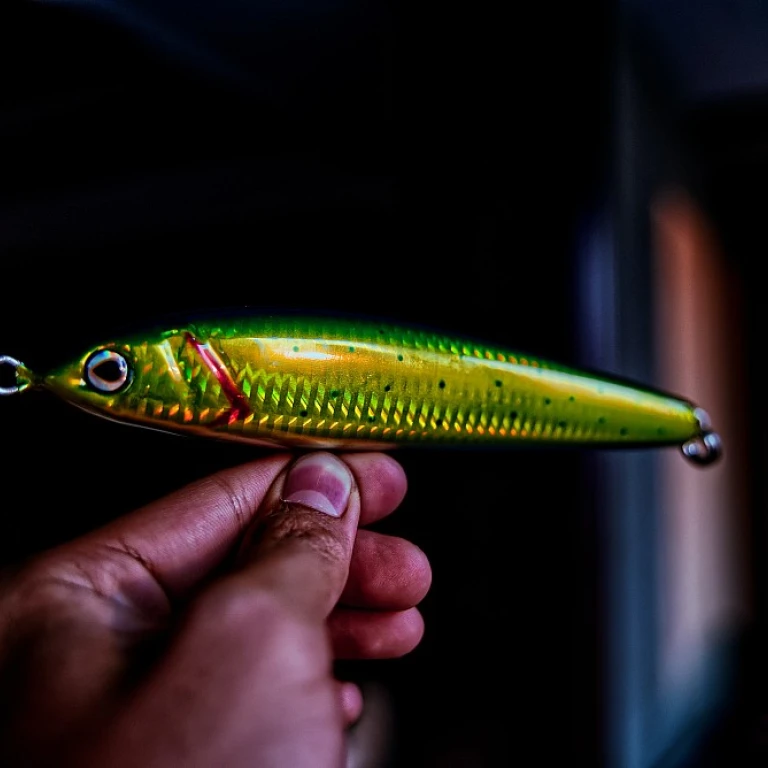
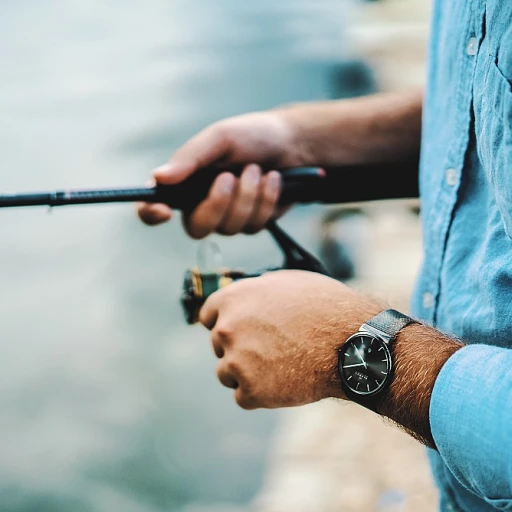
-large-teaser.webp)
-large-teaser.webp)
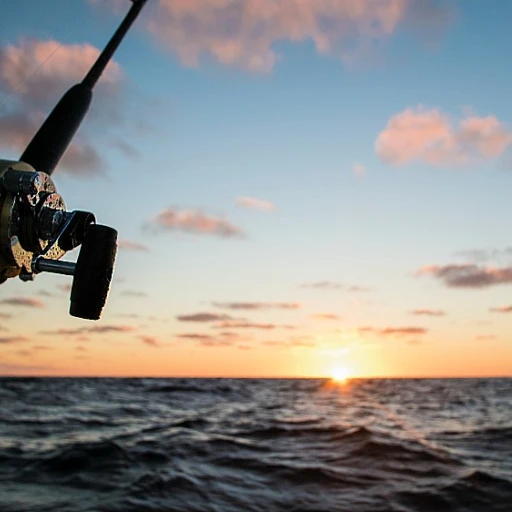
-large-teaser.webp)
-large-teaser.webp)
-large-teaser.webp)
